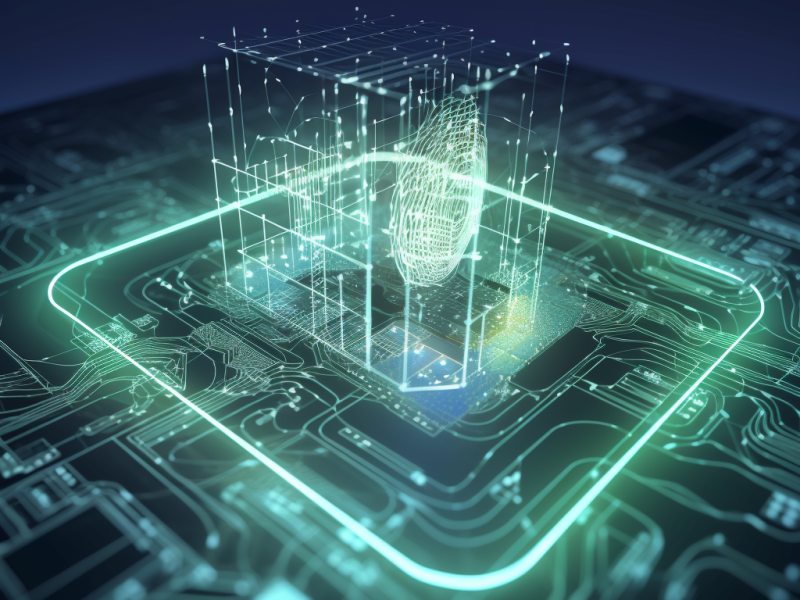Introduction
The Internet of Things (IoT) has been revolutionizing various industries by connecting devices and enabling seamless communication between them. With the advent of 5G technology, IoT is set to experience a significant boost in performance, reliability, and scalability. In this blog post, we will explore the impact of 5G on IoT and how it will shape the future of connected devices.
Faster Data Transfer with 5G
One of the most significant advantages of 5G technology is its ability to provide faster data transfer speeds compared to its predecessors. With 5G, IoT devices can transmit and receive data at much higher rates, enabling real-time communication and reducing latency. This is particularly crucial for applications that require instant responses, such as autonomous vehicles, remote surgery, and industrial automation.
5G networks offer data transfer speeds up to 20 Gbps, which is a significant improvement over 4G networks. This means that IoT devices can send and receive larger amounts of data in a shorter period, enabling more complex and data-intensive applications. Faster data transfer also allows for better user experiences, as devices can respond to commands and provide feedback almost instantly.
More Reliable Connections for IoT Devices
In addition to faster data transfer, 5G technology also provides more reliable connections for IoT devices. With 5G, devices can maintain stable connections even in challenging environments, such as dense urban areas or remote locations. This is achieved through advanced network technologies, such as beamforming and massive MIMO (Multiple-Input, Multiple-Output), which enable targeted and efficient communication between devices and base stations.
Reliable connections are essential for mission-critical IoT applications, such as healthcare monitoring, emergency response systems, and industrial control systems. With 5G, these applications can operate with higher confidence, knowing that the devices will remain connected and responsive even in adverse conditions. This reliability also reduces the risk of data loss or communication failures, ensuring that critical information is always available when needed.
Support for a Larger Number of Devices in Dense Environments
Another significant impact of 5G on IoT is its ability to support a larger number of devices in dense environments. As the number of connected devices continues to grow exponentially, traditional network technologies struggle to accommodate the increasing demand for bandwidth and connectivity. 5G addresses this challenge by providing a higher capacity for device connections and more efficient use of network resources.
With 5G, network operators can deploy small cells and use higher frequency bands to create localized, high-capacity networks. This allows for a greater density of IoT devices in a given area, without compromising on performance or reliability. For example, in a smart city scenario, 5G can enable the deployment of thousands of sensors, cameras, and other IoT devices to monitor traffic, environmental conditions, and public safety, all while maintaining optimal network performance.
Conclusion
The combination of faster data transfer, more reliable connections, and support for a larger number of devices in dense environments makes 5G a game-changer for the IoT industry. As 5G networks continue to roll out globally, we can expect to see a surge in innovative IoT applications and services that leverage these advanced capabilities. From smart homes and cities to industrial automation and healthcare, 5G will play a crucial role in shaping the future of connected devices and transforming the way we live and work. To learn more about how 5G can revolutionize your IoT projects, contact our experts today and unlock the potential of lightning-fast, reliable, and scalable connectivity.

